Eye Docs’ Top Tips to Get Rid of a Stye Fast — Plus the One Thing You Should Never Do
These easy remedies speed healing, and you likely already have everything you need on hand

You woke up with the feeling like something was stuck in your eye. And a peek in the mirror reveals that it’s an annoying stye. You want it gone — and fast. Luckily, the minor eye infection is easy to treat. But if you’re wondering how to get rid of a stye overnight, you’ll likely need more time than that. The good news: There are a few simple tricks to help speed the healing process along and keep you more comfortable in the meantime. Read on to find out exactly what you should be doing, plus how you can avoid making the problem worse.
What is a stye?
A stye is a painful red bump around the edge of your eyelid. It forms when one of the oil-producing glands around your eyelid becomes blocked, resulting in a minor bacterial infection, explains Roselyn Ahua, OD, FAAO, a Charlotte, NC-based optometrist in private practice and a member of the National Board of Examiners in Optometry. It’s a lot like a pimple. Only instead of on your chin or cheek, it’s around the rim of your eye.
A stye that forms on the outside of your eyelid looks like a small bump on your eyelid’s edge. If it forms on the inside of your eyelid, your lid might appear swollen. Either way, you’ll feel it. “It can feel like there’s something stuck in your eye or your eye feels gritty, which may cause your eye to water,” explains Diane Hilal-Campo, MD, a board certified ophthalmologist in Oakland, NJ and founder of Twenty/Twenty Beauty. And if there’s a lot of swelling around your eyelid, it might obstruct your vision.
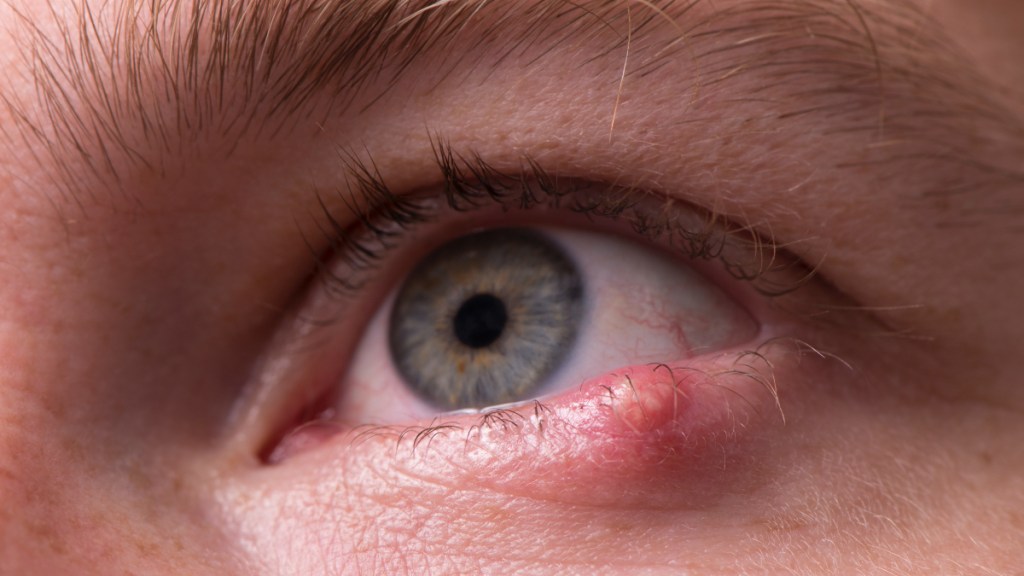
Styes can linger for a few days
Much as you might like to get rid of your stye to overnight, the healing time will probably take a little longer. “If small and mild, it may resolve within five days,” Dr. Ahua says. “The more significant the infection, the longer it may last. Some persist for weeks.” Your doctor can offer treatment options to help speed the healing if your stye is healing especially slowly or starts to get worse (more on that later).
Is a stye contagious?
No. Unlike eye infections like pink eye, “styes are not contagious,” says Dr. Hilal-Campo. A stye in one eye won’t spread to your other eye. And you won’t give it to others in your household by sharing towels or pillowcases or by being in close contact. (That said, you may want to use a fresh face towel every day to help keep your stye as clean as possible while you’re waiting for it to heal, since old towels could harbor germs.)
How to get rid of a stye overnight: Dos and don’ts
While Dr. Hilal-Campo says that getting rid of a stye overnight is very uncommon, there are a few tricks that ease discomfort and encourage healing. And no special products or supplies are required. All you really need is a stack of clean washcloths, some hand soap and a bottle of baby shampoo. Here’s what to do — and the one thing you should skip.
Do: Give your eyes a breather
First and foremost: Skip your usual eye makeup in favor of going au naturel. And switch to your glasses if you typically wear contact lenses, Dr. Ahua recommends. Both makeup and contacts “will only serve to further irritate the eye and expose it to more bacteria,” says Dr. Hilal-Campo. (Need a new pair of glasses? Click through to learn how to save on health care costs, including prescription specs.)
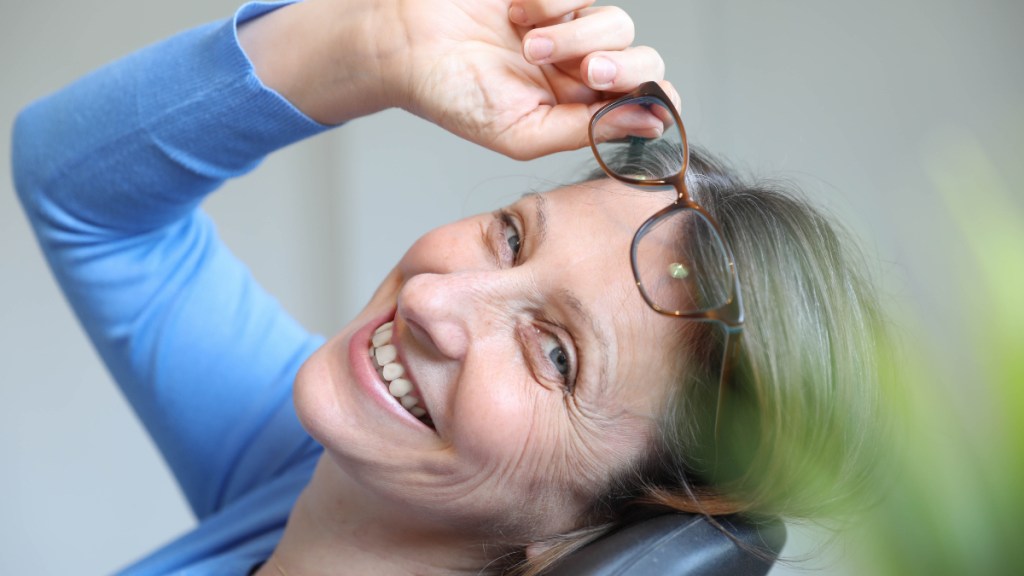
That’s important, since the #1 rule for helping a stye heal faster is “to keep the area clean,” Dr. Hilal-Campo emphasizes. When additional dirt or debris gets into your eye, your immune system is forced to work harder to fight off the existing infection, which could result in a longer heal time.
Do: Keep the area clean
In addition to steering clear of eye makeup and contact lenses, gently wash the area a few times per day, Dr. Hilal-Campo recommends. First, wash your hands well with soap and water to prevent bacteria from your hands from getting into your eye. Then, use clean fingers to gently wash the affected area with a drop of baby shampoo and warm water, recommend experts writing in a Cochrane Library review. (You can rinse your eye with a little more warm water afterward.)
Or try an eyelid cleansing spray containing hypochlorous acid, which you can spritz directly into your open eyes a few times a day. “Hypochlorous acid is the same substance released by your white blood cells to help combat infection,” Dr. Hilal-Campo says. “It’s very gentle, to the point that it can safely be used on infants.” One to try: OCuSOFT HypoChlor Spray.
Do: Apply a warm compress
Similar to how a warm compress calms a painful red pimple overnight, it can do the same to help get rid of a stye. Wash your hands, then dip a clean washcloth in very warm water and apply it to the affected area for 10 minutes. Repeat up to five times per day with a fresh washcloth, Dr. Hilal-Campo recommends.
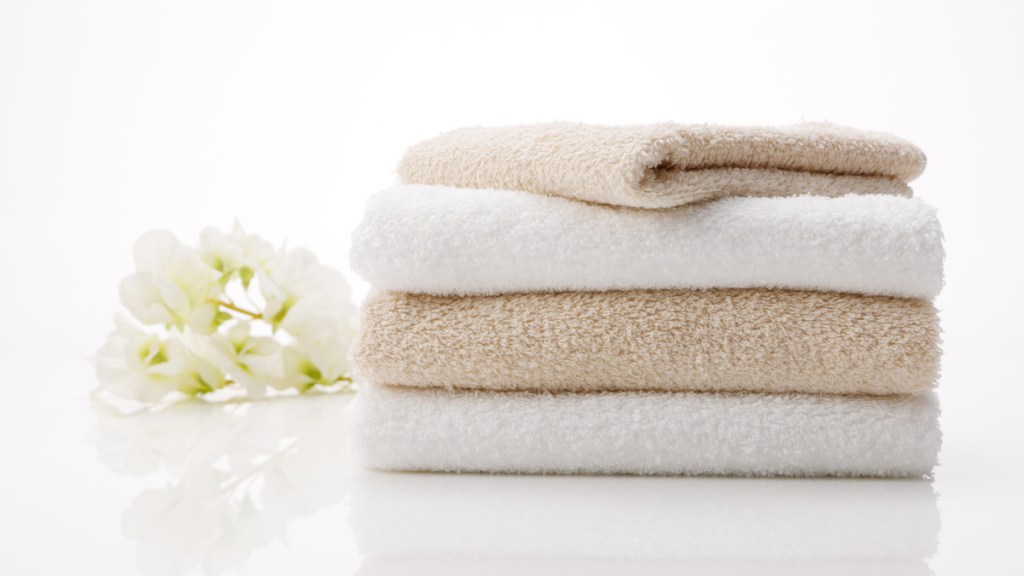
“The heat of the compress helps the stye drain,” she explains. Re-dip the washcloth as needed in more warm water when it starts to cool off. Just don’t use hot water — it can burn your eye. (Click through to learn how a warm compress also tames dry eye to help improve your vision in 7 days.)
Do: Try green tea
For a stubborn or extra bothersome stye, use a green tea bag soaked in warm water as a soothing compress for 10 minutes at a time, up to five times per day. “Green tea offers anti-inflammatory properties,” that may help fight off your infection a little faster, Dr. Hilal-Campo says.
Like the washcloth method above, you’ll need to keep re-dipping the tea bag in fresh water to keep the compress warm. If the teabag starts to break down, switch to a washcloth for the remainder of the 10 minutes. (Leftover green tea bags? Click through to learn how sipping the brew can soothe sore throat, too.)
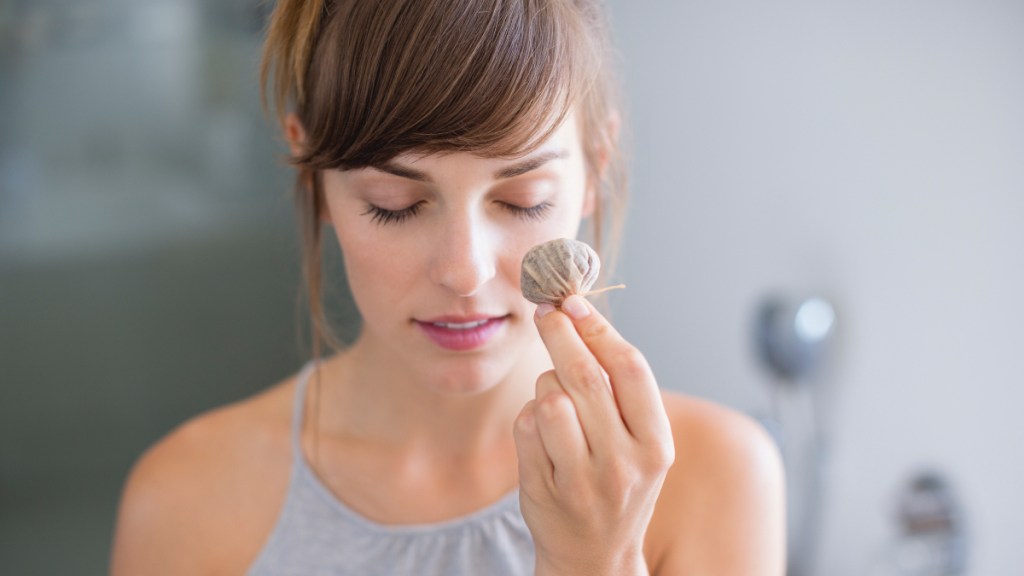
Do: Take an OTC pain reliever
To tamp down the pain of a stye, consider using an anti-inflammatory like ibuprofen or naproxen. “It helps relieve discomfort and swelling,” Dr. Hilal-Campo says. Follow the dosing directions on the bottle — 400 mg every four to six hours for ibuprofen or 440 mg naproxen every 8 to 12 hours.
Don’t: Touch your eyes
Above all, resist the urge to prod at your stye or try to squeeze or drain it at home. “If you’re someone who likes to pick at your pimples, I know you’ll likely be tempted,” says Dr. Hilal-Campo. “But it’s critical that you not touch it. Not only will it make the inflammation worse, but you could spread the bacteria to other parts of your eye,” setting the stage for a bigger infection.
In fact, you should try to avoid touching your eye at all unless you’re washing it or applying a warm compress. The more your fingers go near the affected area, the more likely you are to cause irritation or introduce germs.
How to get rid of a stye overnight: When to see a doctor
The majority of styes can be managed at home. “Most styes won’t need medical intervention and will go away with warm compresses,” Dr. Hilal-Campo says.
It’s also okay, though, if you want to have your eye doctor check out the stye. That’s especially true if you’ve never had one before and want to confirm that’s what you’re dealing with, Dr. Hilal-Campo adds. Your doctor can also offer treatment options to help the stye heal faster, like an antibiotic ointment.
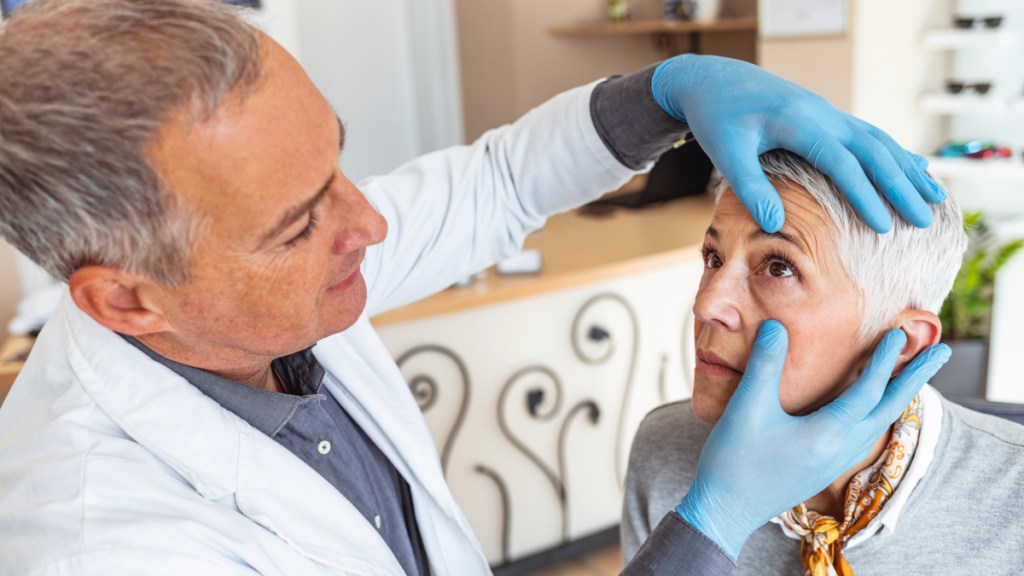
Note: If the stye isn’t improving after five days, the swelling around the stye is getting worse instead of better or if the swelling spreads to both eyelids or your cheek, Dr. Ahua recommends visiting your doctor. Those are signs that the infection is becoming more serious, Dr. Hilal-Campo adds.
In that case, your eye doctor may prescribe oral antibiotics, give you a steroid injection to speed up the healing or recommend a minor surgical procedure to drain the stye. The procedure can be done in your eye doctor’s office with local anesthesia.
For more ways to keep your eyes healthy and your vision sharp:
Is Your Blurry Vision Normal Aging or Something More? Eye Docs Reveal How to Tell the Difference
Doctors Reveal the Snack That Cuts Your Risk of Vision-Clouding Cataracts in Half
The Berry Extract Doctors Recommend to Relieve Dry Eye More Safely Than Eye Drops
This content is not a substitute for professional medical advice or diagnosis. Always consult your physician before pursuing any treatment plan.














